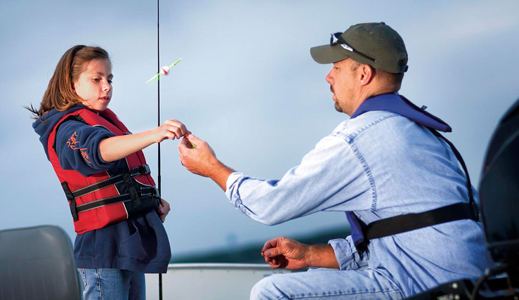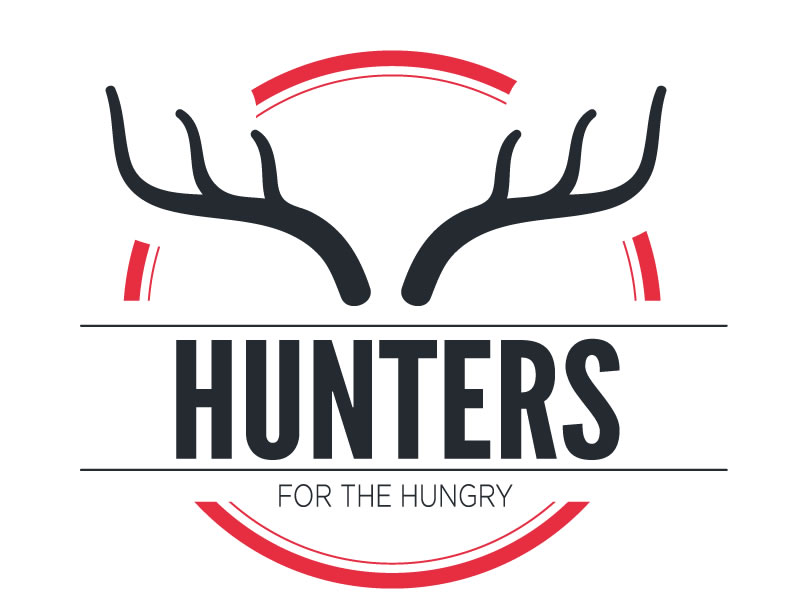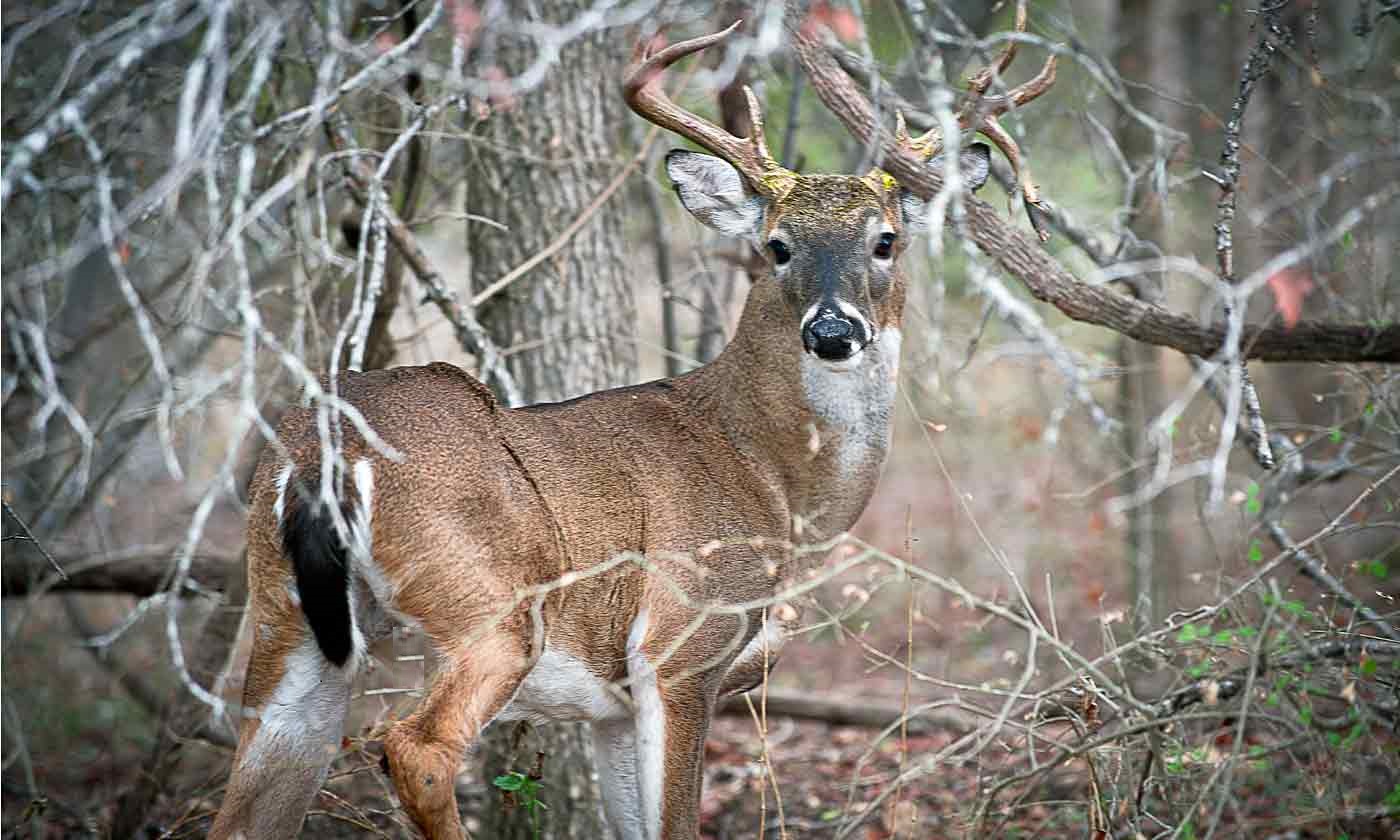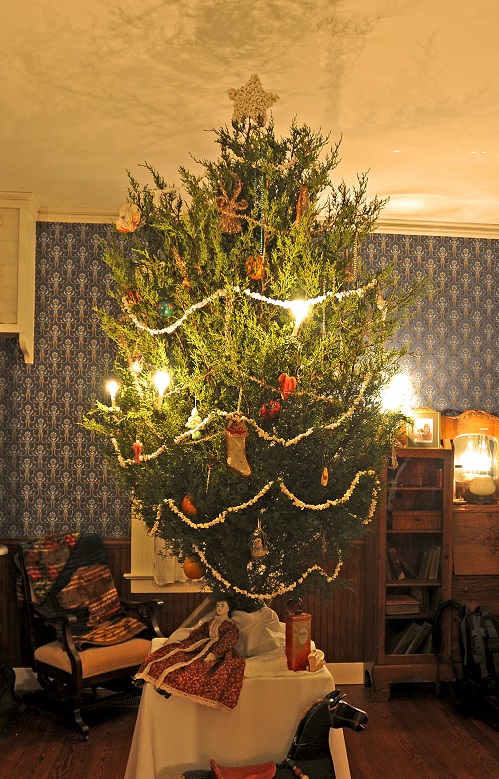Borrow Tackle and Go Fish
Monday, December 31st, 2018This is Passport to Texas
If one of your New Year’s resolutions includes trying your hand at angling… but you don’t want to spend money on tackle until you know you’re going to like the sport… Texas Parks and Wildlife can help.
The tackle loaner program is a program where different sites have basic fishing rods, reels and tackle that folks can borrow to go fishing.
When you go to a tackle loaner site to check out equipment, you’ll receive a little tackle box with basic hooks and different sizes of bobbers and sinkers. You’ll also be able to check out a very basic spin casting rod and reel.
Anglers under 18 years of age must have an adult check out the tackle for them.
Each tackle loaner site has a simple form that the person who checks out the equipment signs saying that ‘yes’ they will bring the equipment back.
Just leave an ID, and you can check it out for up to a week. Which is perfect for those long camping vacations.
The Sport Fish Restoration Program supports our series and funds winter rainbow trout stocking in Texas. So borrow some tackle and reel some in in the New Year.
From all of us at Passport to Texas—Prospero Ano y Felicidad…said another way Happy New Year, y’all.
For Texas Parks and Wildlife…I’m Cecilia Nasti.







 Passport to Texas is a
Passport to Texas is a  Passport to Texas is made available by:
Passport to Texas is made available by: